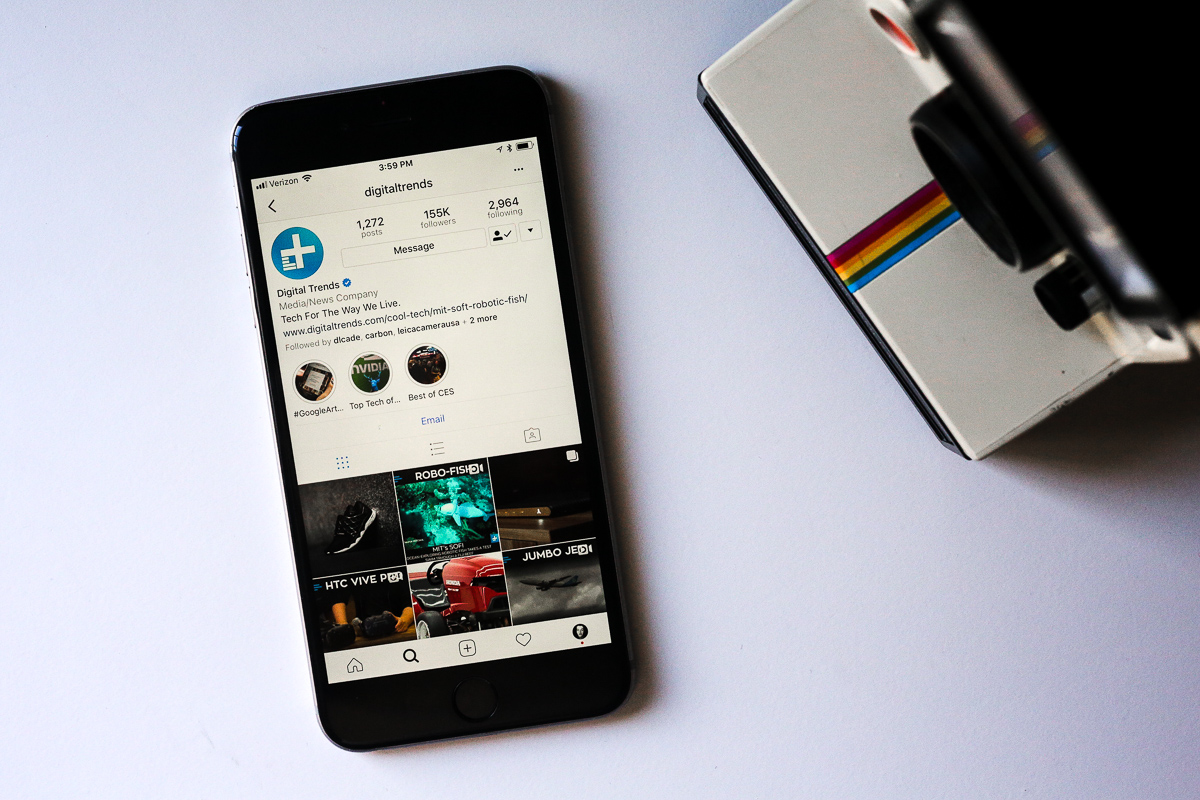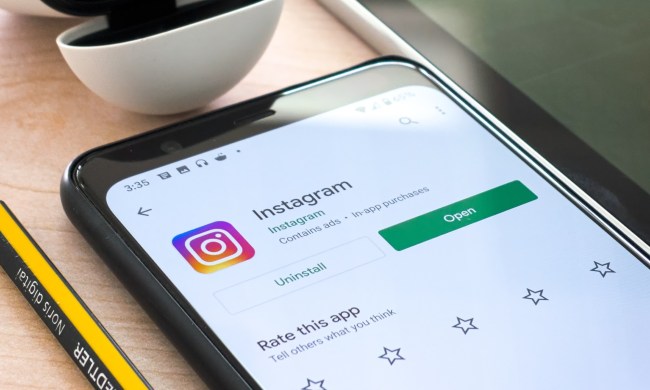
Instagram continues to tweak its user experience, recently making changes such as removing the following tab and promoting the new version of the explore tab in its place. Now, the company has begun testing out one of its most controversial changes in the United States: Hiding like counts.
We first heard that Instagram was considering hiding the number of likes that a photo has earlier this year. In the very earliest tests, the like count was replaced with a note at the bottom of a post that says “liked by [username] and others” without a number attached. At that time, a pop-up showed on post pages saying, “We want your followers to focus on what you share, not how many likes our posts get.”
The company continued to test out hiding likes over the months between then and now, with The Verge reporting that small tests were rolled out to seven different countries including Canada, Ireland, Australia, Italy, Japan, New Zealand, and Brazil. Now, at the Wired25 conference this weekend in San Francisco, Instagram CEO Adam Mosseri announced more plans for the future of the like function.
“Right now we’re testing making like counts private,” Mosseri said in a video clip posted to Twitter. “You’ll be able to see how many likes a given photo or video of yours [has received], but no one else will … We’re announcing that we’re going to start testing in the U.S. next week.” He clarified that the hidden likes would not be rolled out to users in the entire country at once, but that a small number of users would see the feature introduced soon.
“Are you into this idea?” Mosseri asked the audience, to a lukewarm smattering of applause. Undeterred, he explained that the idea was to try and “depressurize” Instagram, especially for young people. Given the problems of cyberbullying, self-harm content, and rising rates of anxiety, which have been attributed to social media use in general and Instagram in particular, it’s sensible for the company to take steps to rein in the destructive aspects of the platform.
Mosseri spoke about trying to reduce the competitive nature of Instagram and encourage self-expression and connection between people instead. It remains to be seen how effective that approach can be in an influencer-driven social media landscape, but it could potentially improve the experience of using the site for many people.



